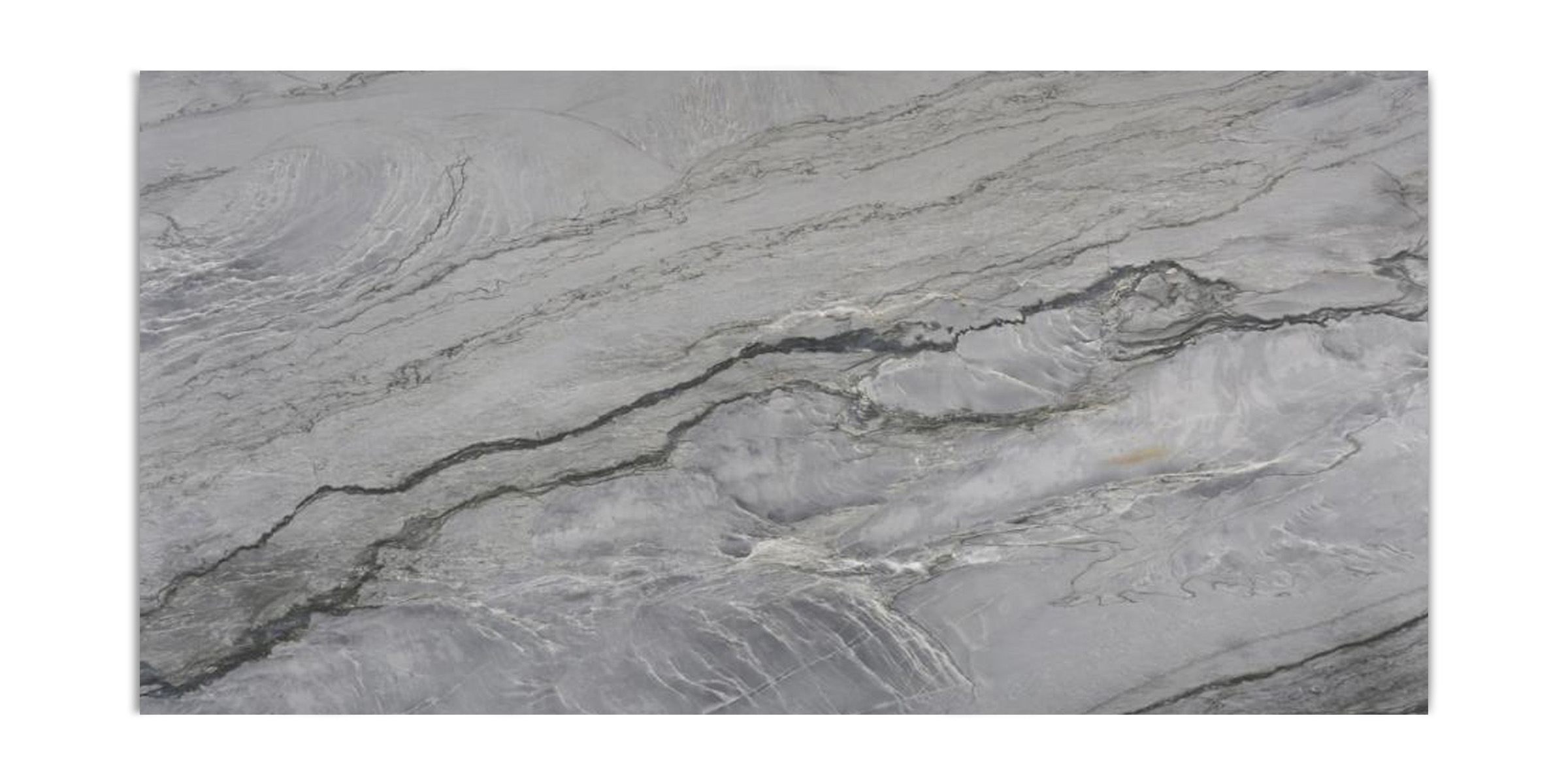What’s the difference between quartz and quartzite? When choosing a stone surface for your home, you may come across two seemingly similar options: quartz and quartzite. While their names sound alike, these materials have distinct characteristics that affect their appearance, durability, and maintenance. Understanding the differences can help you make an informed decision for your countertops, flooring, or wall cladding.
Composition and Formation
Quartzite is a natural stone formed from sandstone that undergoes high heat and pressure in the Earth’s crust, causing the quartz grains to fuse together. This process, known as metamorphism, results in an extremely hard and durable material. Quartzite is quarried and then cut into slabs for use in construction and design.
Quartz, on the other hand, is an engineered stone made from crushed natural quartz minerals combined with resins, polymers, and pigments. These ingredients are molded into slabs and cured, creating a non-porous and highly customizable surface.
Appearance
Quartzite has a natural beauty with unique veining and color variations. It often resembles marble and is available in shades of white, grey, and earthy tones, sometimes with hints of blue, green, or pink. Since it’s a natural stone, no two slabs are exactly alike.
Quartz, being a manufactured product, offers a wider range of colors and patterns, including designs that mimic marble, granite, or concrete. Because it is engineered, quartz has a more uniform and consistent appearance, making it a popular choice for modern designs.
Durability and Maintenance
Quartzite is incredibly durable and resistant to heat and scratches, making it an excellent choice for kitchen countertops. However, since it is a natural stone, it is porous and requires periodic sealing to prevent staining and moisture absorption.
Quartz is also highly durable and resistant to scratches and stains, but its resin content makes it slightly less heat-resistant than quartzite. One of its biggest advantages is that it does not require sealing, making it a low-maintenance option for busy households.
Cost Comparison
Quartzite tends to be more expensive than quartz due to its natural formation and labor-intensive extraction and finishing process. Prices vary based on the rarity of the stone, color, and level of veining.
Quartz is generally more budget-friendly and offers more predictable pricing. Since it is mass-produced, it is often available in a wider range of price points, making it a more accessible option for homeowners.
Which One Should You Choose?
-
Choose quartzite if you prefer a natural stone with unique veining and exceptional heat resistance. It’s ideal for homeowners who appreciate the raw beauty of nature and are willing to invest in proper maintenance.
-
Choose quartz if you want a non-porous, low-maintenance surface with a uniform appearance and a wide selection of colors and patterns. It’s perfect for those who prioritize easy upkeep and design flexibility.
So what’s the difference between quartz and quartzite? Both materials are excellent choices, and the best one for you depends on your aesthetic preference, lifestyle, and maintenance commitment. Whether you opt for the natural elegance of quartzite or the versatility of quartz, you can’t go wrong with either for your next home project!

